11 Roof Maintenance Myths: What Homeowners Need to Know
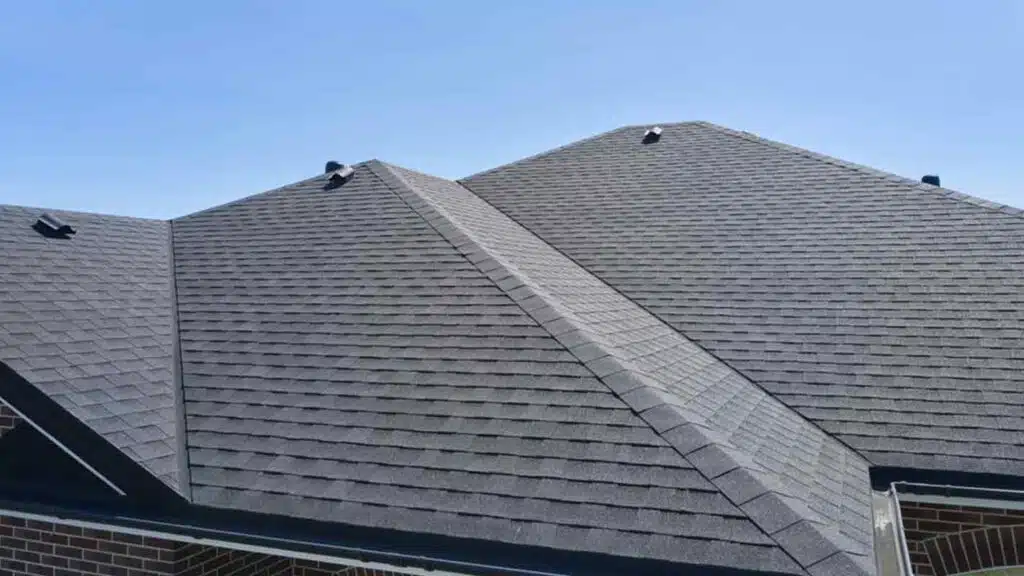
Well, if you would like to guarantee the longevity of your home, you need to know what is true when it comes to roofing services. Our experiences clearly show that it costs an arm and a leg to customers, because of the misleading information and assumptions, and not taking action in time. We are going to talk about the 11 myths we face a lot when it comes to roof maintenance.
At CAN Roof Construction, we thrive hard to empower Boston homeowners with the right knowledge to help them protect their roofs, because it is such a huge investment. The most widespread roof maintenance myths are generally the ones that need the most attention, so we will list all the myths and truth behind those.
Let’s get started!
Table of Contents
- Myth 1: A New Roof Doesn’t Need Maintenance Unless I See a Sign
- Myth 2: Roofs Only Need Repairs When They Leak or other Problem Arise
- Myth 3: A Leaking Roof Means It Needs to Be Replaced
- Myth 4: Roof Cleaning with a Pressure Washer is Effective
- Myth 5: All Roof Materials Last the Same Amount of Time
- Myth 6: Why Hiring a Professional Roofing Company, when I myself can do
- Myth 7: Roof Inspections Are Only Needed After Severe Weather Conditions
- Myth 8: Dark Stains on the Roof Are Only Cosmetic
- Myth 9: You Only Need to Replace Shingles When They’re Missing
- Myth 10: Ventilation Doesn’t Have Any Impact on Roof Longevity
- Myth 11: Re-roofing Over an Existing Roof Is Always a Good Idea
- Protect Your Roof, Protect Your Home
- FAQ: What Homeowners Need to Know about Roof Maintenance
Myth 1: A New Roof Doesn’t Need Maintenance Unless I See a Sign
Fact: Newly constructed roofs also need regular inspections to prevent any harsh damage.
- Even new roofs can develop minor issues that worsen over time if not maintained.
- Boston’s changing weather conditions can impact roofs, even in their first few years.
- Regular inspections help catch small issues like loose shingles or debris buildup before they become costly problems.
- Investing in preventative maintenance can save homeowners thousands in future repairs.
Boston’s weather conditions are frequently changing. People face such a variety of weather states from snowy winters to rainy springs, and so do roofs. It can have a huge impact even on the newest roofs. That is why all roofs need regular checks and care to ensure it stays in its best condition. The best help to identify potential problems regarding your roofs such as loose shingles, debris buildup, or early signs of wear and tear is regular inspections. It is better to make a little investment in maintenance in time so you can save thousands in the future.
Myth 2: Roofs Only Need Repairs When They Leak or other Problem Arise
Fact: A noticeable leak is often the last sign of a problem, not the first.
- Leaks often mean water has already damaged the roof’s layers, decking, or insulation.
- Hidden water damage can lead to mold growth and weakened structural integrity.
- Regular inspections can prevent leaks from forming in the first place.
- Addressing small cracks, loose shingles, or flashing issues early helps avoid major repair costs.
Proactively conducting regular inspections can prevent leak forming, protect your roof, the structure and the interior of your home. It is addressing the root cause before symptoms appear, which helps your budget and the condition of your roofs.

Myth 3: A Leaking Roof Means It Needs to Be Replaced
Fact: While some of them do, not every leak requires a full roof replacement.
- Small leaks caused by cracked flashing or clogged gutters can be fixed without replacing the whole roof.
- A professional inspection can determine whether a repair or replacement is necessary.
- Ignoring leaks can lead to severe water damage inside the home.
This one mainly depends on the size and danger level of the leak. There can be small leaks which are caused by issues like cracked flashing or clogged gutters. Those types of leaks can often be repaired, not needing much money to spend. A professional roof inspection can analyze and give information about the state of the damage and tell whether a repair is just okay or it is necessary to do a replacement.
Myth 4: Roof Cleaning with a Pressure Washer is Effective
Fact: Directly exposing high-pressure water to your roofs, you can damage shingles, remove protective granules, and void warranties.
- Shingles are designed to endure rain, snow, and sun exposure, but not forceful water pressure.
- Pressure washing can strip UV protection granules, leading to faster aging.
- Soft washing methods with eco-friendly solutions are a safer, more effective way to clean your roof.
These jets can strip away the granules providing UV protection, and lead to fast aging of your roof. Professional cleaners make use of low-pressure or soft washing methods which are safe, eco-friendly solutions and effective in removing moss, algae, and debris without damaging the roof’s surface.
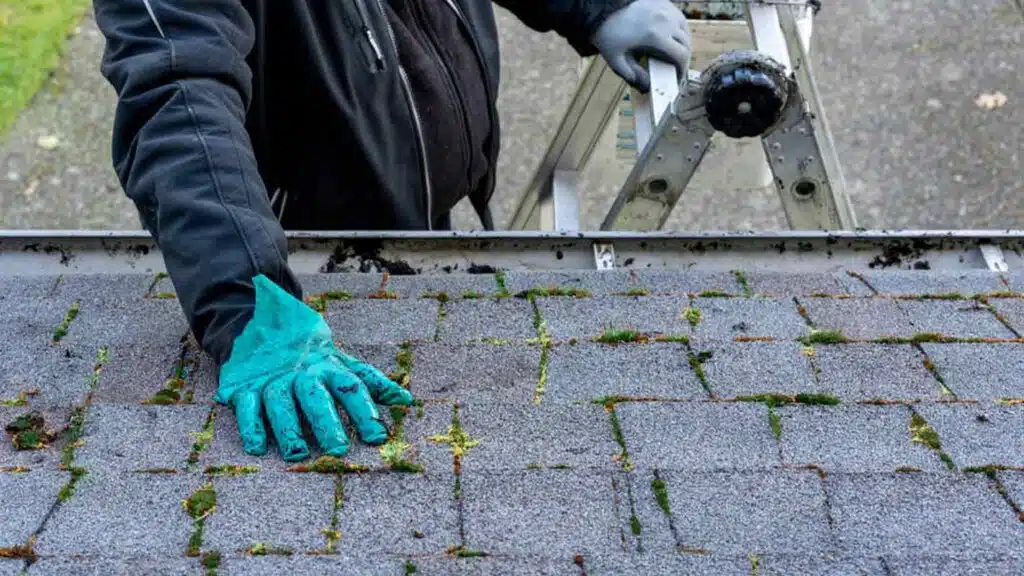
Myth 5: All Roof Materials Last the Same Amount of Time
Fact: Having different lifespans, various roofing materials own their own maintenance needs.
- Asphalt shingles typically last 20–30 years with proper maintenance.
- Metal roofs can endure 50+ years in harsh weather conditions.
- Slate roofs can last over 100 years but require gentle handling.
- Knowing your roof’s specific material lifespan helps homeowners plan for maintenance and repairs.
Not all roofs are produced equal, and they vary for different aspects. Asphalt shingles, being the most commonly used roofing material, typically last within 20–30 years if properly maintained. On the other hand, people use metal roofs, which can endure damaging conditions for 50 years or more, and slate roofs can surpass 100 years if you have maintained them well. Being knowledgeable about the specific material of your roof helps you tailor your maintenance approach. For instance, regular checks are required for rust or loose fasteners with metal roofs, while slate roofs demand more gentle handling when cleaning and repairing.
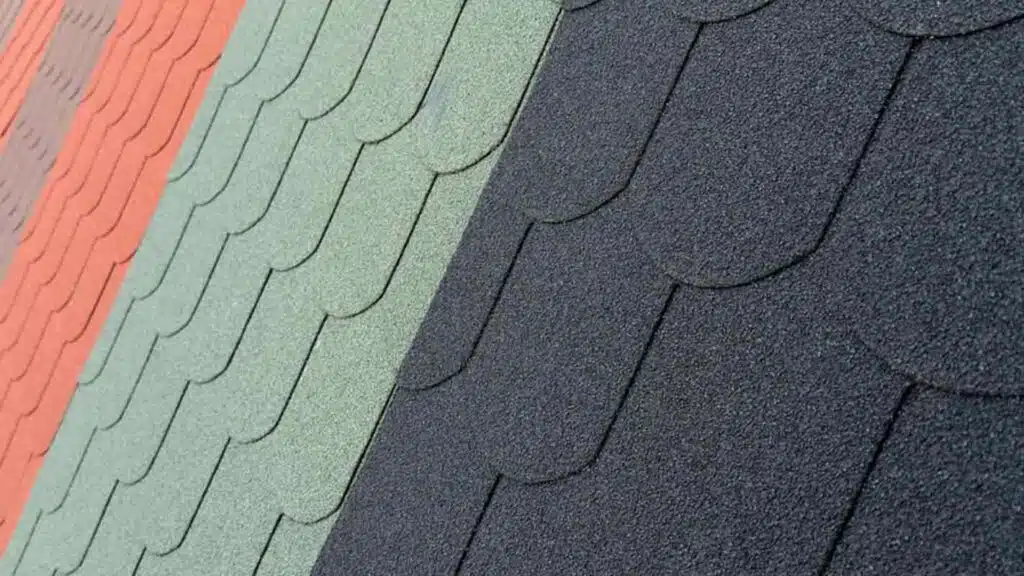
Myth 6: Why Hiring a Professional Roofing Company, when I myself can do
Fact: While minor fixes like clearing gutters can be done by homeowners, complex repairs require professional expertise.
- DIY repairs without the proper training, tools, or experience can make roof damage worse.
- Improperly installed shingles, flashing, or sealants can lead to leaks.
- Walking on a roof without proper safety gear increases the risk of accidents.
- Professional roofers ensure quality repairs, use the best materials, and follow safety protocols.
Homeowners in Boston attempt to save money by trying to fix their roofs on their own, without help from a roof repair company which can be promising for professionalism. Roof repair cannot be successful without the proper tools, training, or experience in terms of quality of work and safety of the people. DIY repairs can make the problem worse, and cause other kinds of damage. Our professionals at CAN Roof Construction have the knowledge, a wide set of experience, tools, and safety measures to perform repairs effectively, not harming anyone, and ensuring your roof becomes better and stays in good condition.
Myth 7: Roof Inspections Are Only Needed After Severe Weather Conditions
Fact: Bi-annually and regularly conducted roof inspections are essential for catching wear and tear.
- Sun exposure, wind, and temperature changes contribute to roof deterioration over time.
- Spring and fall inspections help homeowners catch cracked shingles, clogged gutters, and flashing damage.
- Storm damage inspections are still important, but regular maintenance prevents costly issues.
Considering that storms are one of the most common causes of roof damage, everyday factors such as sun exposure, wind, and age can also add up to weakening of your roof. Regular roof inspections should be conducted in the spring and fall in order to help identify roof-related issues such as curling shingles, cracked flashing, or clogged gutters before they show up. After severe weather, additional inspections ensure that no hidden damage goes unnoticed. Preventative maintenance work contributes to avoiding expensive repairs and extends the durability and the life of your roof.
Myth 8: Dark Stains on the Roof Are Only Cosmetic
Fact: Algae is often the black streaks you see on the roofs, which is a contributor to degradation over time.
- Humid climates, like Boston, encourage algae growth that eats away at asphalt shingles.
- Over time, algae can weaken the shingles, leading to leaks and reduced energy efficiency.
- Professional cleaning treatments remove algae while preventing further damage.
You can see some dark stains on your roof and they may seem like only an aesthetic issue, but they often point out algae trying to live on your roofs. Humid climates, like in Boston, creates a productive environment for algae to grow vigorously, they feed on the limestone filler in asphalt shingles and gradually weaken them. This process can end in leaks and reduced energy efficiency. Professional cleaning not only restores your roof’s appearance but also takes measures to protect its structure. Applying treatments for prevention will help keep algae at bay.
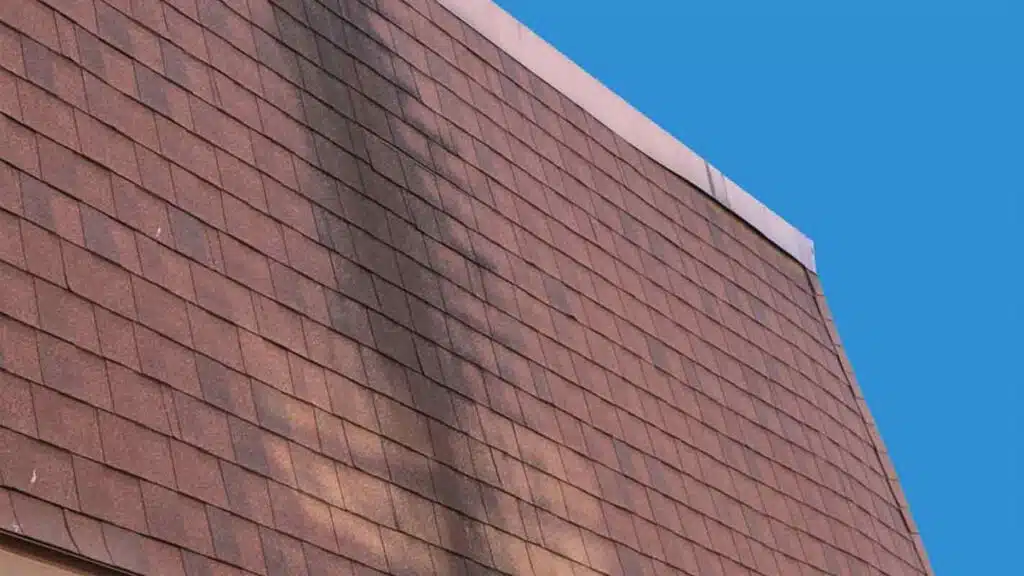
Myth 9: You Only Need to Replace Shingles When They’re Missing
Fact: Shingles can be damaged in different ways, not just necessarily missing pieces
- Shingles that lose granules or show signs of curling allow moisture to penetrate.
- Wind can lift weakened shingles, exposing the underlayment and leading to leaks.
- Regular inspections help identify shingle issues before they worsen.
While missing shingles are an obvious sign of damage, curling, cracking, or granule loss are the issues that can also compromise the effectiveness of your roofs. Damaged shingles might not be immediately visible from the ground, so regular inspections are necessary to catch problems before they worsen.
Myth 10: Ventilation Doesn’t Have Any Impact on Roof Longevity
Fact: Proper ventilation is vital to extending the life of your roof.
- ttic ventilation prevents excessive moisture and heat retention.
- Without airflow, roofing materials break down faster.
- Proper ventilation reduces energy costs and helps shingles last longer.
To prevent moisture buildup, proper and regular ventilation is one of the core elements, because it can cause mold growth, rot, and overaging of the roof. Without adequate ventilation, heat and moisture trapped in the attic can compromise the entire roofing system. Without a working ventilation, heat and moisture can build up in the attic, and ventilation should be in game to prevent these issues by allowing air circulation that helps stop occurring more damage to the roof’s structure and longevity.
Myth 11: Re-roofing Over an Existing Roof Is Always a Good Idea
Fact: Re-roofing over an old roof may create problems, not solutions.
- Hidden damage under the old layer can worsen over time.
- Adding another layer adds extra weight that the home may not support.
- A full tear-off and replacement is often the better long-term solution.
While re-roofing an existing roof might seem cost-effective and practical, where it can hide severe structural issues and add extra weight underlying, and it may lead to further harm. It can also interfere with proper drainage and affect the overall performance of the Firstly, tear-off and then a replacement is often the better solution for long-term roof health. It is true that installing new shingles over an outdated roof is often cheaper and faster compared to replacement, but we have to state that it’s not always the best solution. Layers can hide structural issues and add extra weight to the roof, potentially leading to additional severe damage.
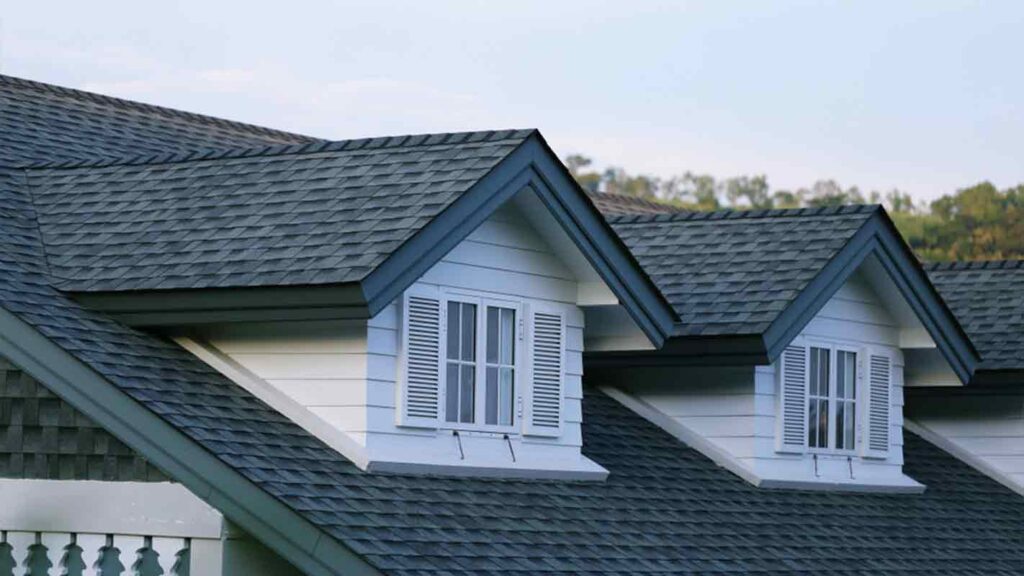
Protect Your Roof, Protect Your Home
Be more aware of the myths and facts not to let them lead you to costly repair. By understanding needs in terms of roof maintenance, you can ensure your home stays safe, comfortable, and valuable.
Contact CAN Roof Construction today to book a FREE consultation and let us help you keep your roof in top shape!
FAQ: What Homeowners Need to Know about Roof Maintenance
How often should I have my roof inspected, even if there are no visible issues?
Even if your roof appears to be in good condition, it’s recommended to have it inspected at least twice a year (spring and fall). Routine inspections help detect early signs of wear, prevent leaks, and ensure your roof lasts longer.
Is it true that all roof leaks require a complete roof replacement?
No, not all leaks mean you need a full roof replacement. Small leaks caused by cracked flashing or missing shingles can often be repaired. However, a professional inspection is necessary to determine whether a repair or full replacement is the best option.
Can I use a pressure washer to clean my roof safely?
No, pressure washing can damage shingles, remove protective granules, and even void warranties. Instead, professionals use low-pressure soft washing methods to remove algae, moss, and debris without harming the roof’s integrity.
Do all roofing materials have the same lifespan?
No, different materials have varying lifespans. Asphalt shingles last 20–30 years, metal roofs up to 50 years, and slate roofs can last over 100 years with proper maintenance. Choosing the right material and maintaining it properly will extend its lifespan.
Can I install new shingles over my existing roof instead of replacing it?
While re-roofing may seem like a quick fix, it can hide underlying structural damage, add excess weight, and reduce proper drainage. In most cases, removing the old roofing and installing a new one is the best long-term solution.
